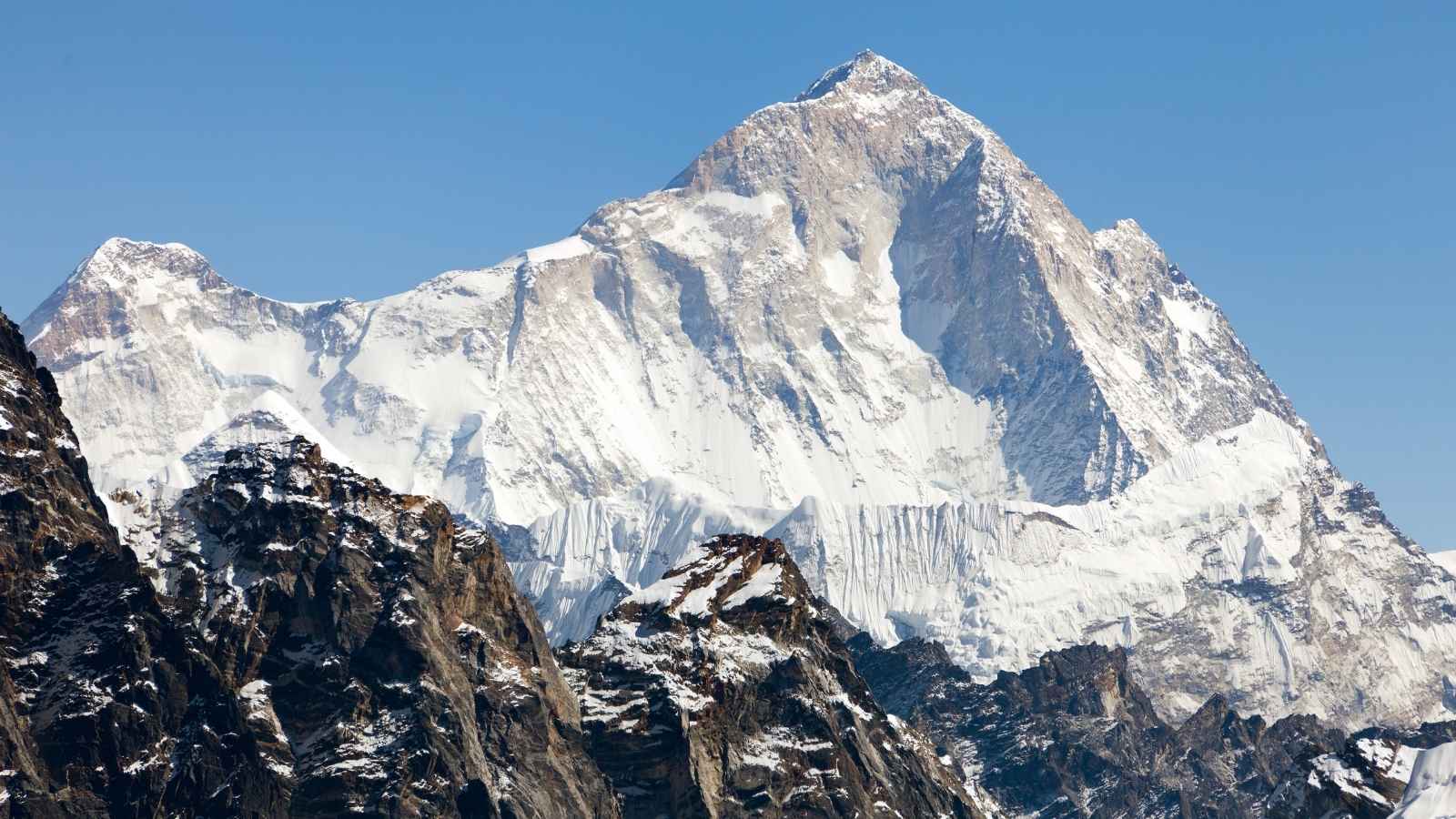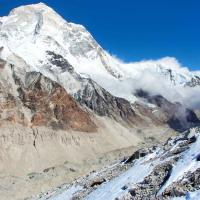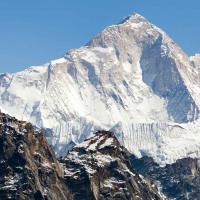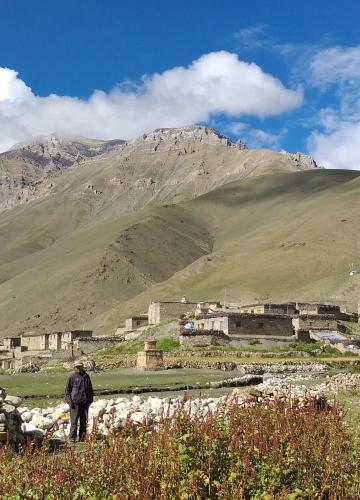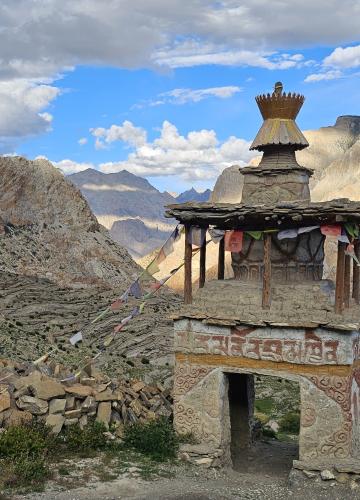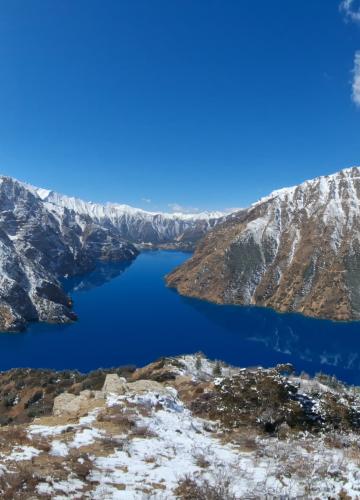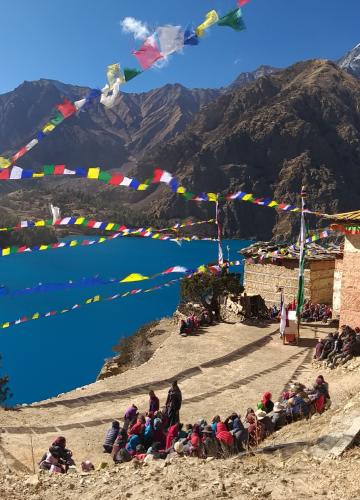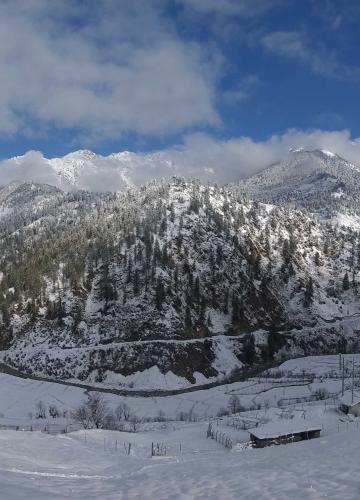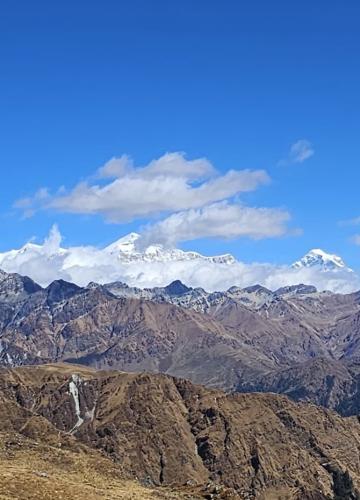Have you ever dreamed of trekking to the base of one of the world’s highest peaks, walking through untouched wilderness, and experiencing authentic Himalayan culture? If so, the Makalu Base Camp Trek might just be your perfect adventure. This is a very different journey right into the heart of Nepal's eastern Himalayas, offering a panorama of views of Mount Makalu-the world's fifth-highest mountain-along with a tapestry of pristine landscapes, diverse ecosystems, and rich cultural heritage.
Thus, for those enthusiasts who are looking forward to some off-Beat destination this trek is a surprise package. Forget crowded trails and commercialized routes—this is trekking as it’s meant to be: I shall check real, unadulterated, and breathtaking. Now, let’s go deep into every aspect required to know for making your Makalu Base Camp trek most memorable.
Explore the Wonders of Mount Makalu and Beyond
This amazing trek focuses on Mount Makalu the world’s fifth tallest mountain. The rising slopes of the mountain up to the top form a system of pyramids which evidence the forces and the greatness of Nature. However, the process involved is not only equal to reaching the base of such a colossal mountain as we naturally tend to think. Along the way, you’ll encounter:
- Makalu-Barun National Park: A UNESCO-recognized biodiversity hotspot teeming with rare wildlife, including red pandas, snow leopards, and Himalayan tahr.
- Diverse Landscapes: From tropical river valleys and dense rhododendron forests to alpine meadows and glacial moraines, the trail offers a constantly changing tapestry of terrain.
- Stunning Views: In addition to Mount Makalu, you’ll witness panoramic vistas of other Himalayan giants like Everest, Lhotse, and Baruntse.
- Traditional Villages: The trek passes through charming Rai and Sherpa settlements, where you can experience authentic Himalayan hospitality, age-old traditions, and cultural richness.
What Makes Makalu Base Camp Trek Unique?
Unlike many other treks in the higher Himalayas, the Makalu Base Camp Trek is still a relatively unspoilt experience. The trails are comparatively unspoiled and the experience, therefore more real. No fancy hotels, no masses of tourists and other people, only the tremendous mountains of the Himalayas and yourself.
Here are a few standout features that set this trek apart:
- Remote Solitude: That is, you will actually spend several hours on the trek without coming across any other group of trekkers, an amazing feature in the current world of trekking.
- Challenging Passes: Crossing high-altitude passes like Shipton La and Keke La will test your limits but reward you with unparalleled views.
- Pure Adventure: The ruggedness of the trail adds an element of unpredictability, making every day an adventure in itself.
Best Time to Trek to Makalu Base Camp
The best time to embark on the Makalu Base Camp Trek is during the spring (March to May) and autumn (September to November) seasons. These periods offer:
- Stable Weather: Days are turnover and cool weather up high makes it perfect for trekking.
- Breathtaking Views: Enjoy unobstructed panoramas of Makalu and surrounding peaks.
- Vibrant Flora: During spring, what catches the eye includes rhododendron; in autumn there are green trees and scenes of harvest.
Spring (March to May)
People also prefer Spring season especially trekkers because of the favorable weather and the different colors of the environment. The weather is warm to hot in the daytime, flowers and dense forest add vibrancy to the trails. It also an equally good time for taking photographs.
Autumn (September to November)
It is vivid that autumn is rather favorable in terms of weather, as well as terrain – there is no fog or rain. The feeling of snow on mountains can be seen clearly; the climate is quite pleasing than before to the trekkers. This is the best season for those people who want to have calm and visually beautiful route during the trekking.
Avoid trekking during the monsoon (June to August) due to heavy rains and slippery trails, as well as winter (December to February) unless you’re an experienced trekker prepared for snow and extreme cold.
Why Choose the Makalu Base Camp Trek?
- Off-the-Beaten-Path Adventure: Although there are many teahouse’s treks available namely Everest Base Camp Trek, Annapurna Circuit Trek, but Makalu Base Camp Trek is less crowded. It will seem that you are the only person on earth with nothing else but themajestic scenery and the sound of your step.
- A Photographer’s Paradise: The trek is a visual feast. From the bulky forest green of the lowlands to the icy white snow of the towering mountaintops every scene looks like it could be photographed and turned into a picture postcard. And whether you are an amateur with a smartphone or a very advanced user with a DSLR, there will be enough beautiful things around to photograph.
- Challenging Yet Fulfilling: Makalu Base Camp Trek is not easy one, there are steep climb, harsh terrains and even the climate is unpredictable. But with each of them comes a pay off, be it the sight of the mountains at sunrise, the heat of the fire in a tea house or the satisfaction at having reached base camp.
- Rich Cultural Encounters: The trail passes through many villages where the inhabitants are from Rai and Sherpa origin and still follow a culture practiced for generations. This way, when traveling, for instance, from one region to another or from one town to another or even from one tea garden to another, you can get a feel of the local tea house which provides an opportunity to fully engage with these friendly people; know more about their traditions, celebrations and their lifestyle in general.
- Environmental Conservation: The trek is located in the Makalu-Barun National Park and Conservation Area where it is highly important that conservation of the area’s special biogeographic characteristics is upheld. Two, you are supporting sustainable trekking and conservation of one of the most beautiful environments of Nepal.
Contact us now to reserve your spot or for Customized Ininerary and get more information on this epic journey into the heart of the Himalayas.
